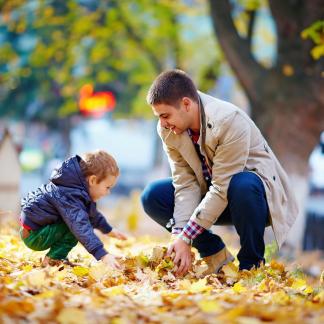Bright Ideas
Tiny Essay Series Wrap Up
April 27, 2020
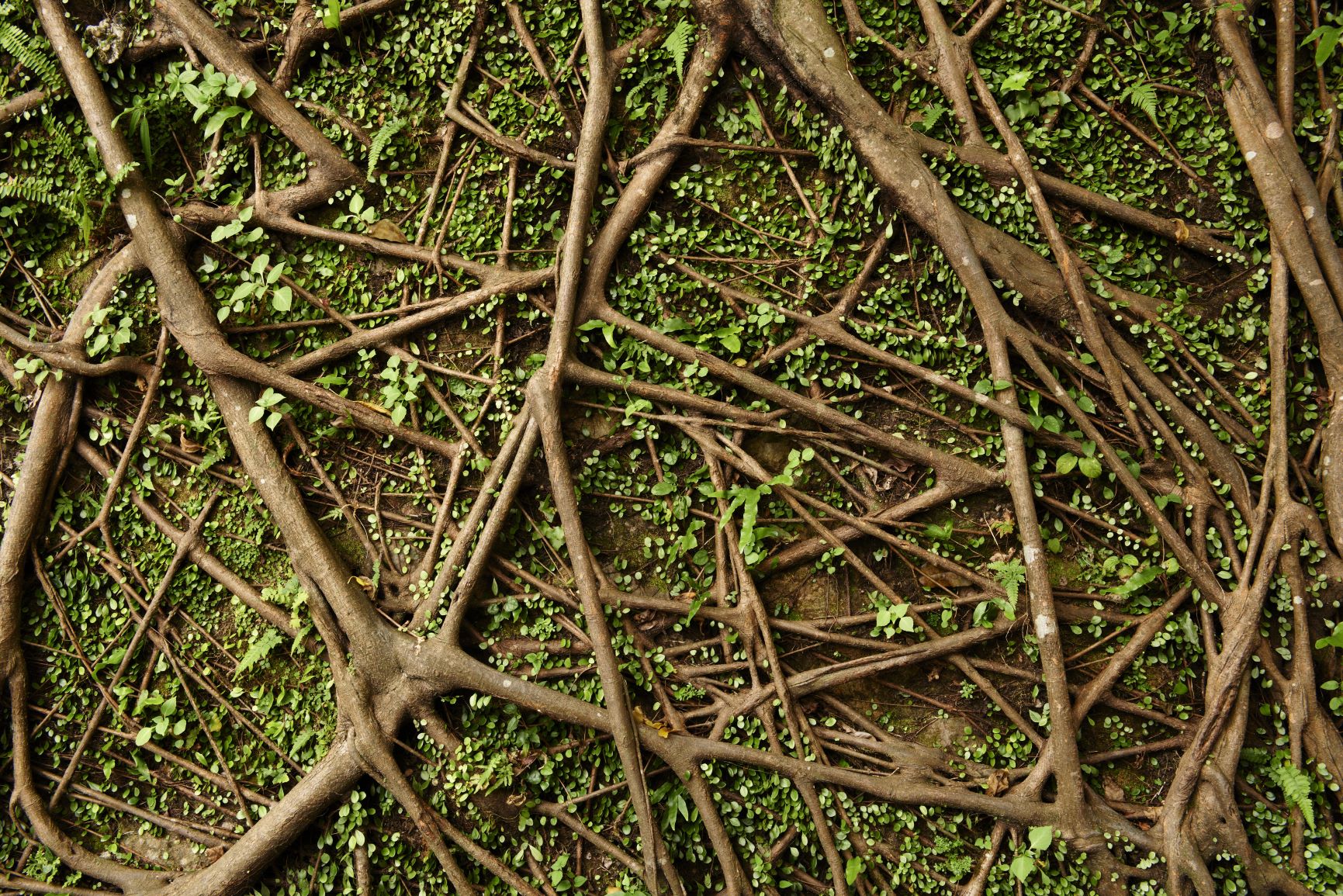
At the onset of the COVID-19 pandemic, when stay-at-home orders were being issued across the country, we found ourselves feeling overwhelmed. How could we help support the field in a way that was meaningful and genuine?
We were personally finding comfort in connecting--whether talking with friends and family or reading stories and watching videos online. It was valuable just to hear that others were going through the same thing. So we decided to create a space where nature-based professionals could connect and share how they were feeling, good or bad.
Below you’ll find tiny essays, written in 500 characters or less by nature-based professionals from around the country, that provide a glimpse at how the field has been coping with quarantine. We hope this will help us all feel more connected. And a big thank you to those who contributed!
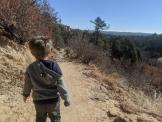
- Aaron, Trails and Open Space Coalition (Colorado Springs, CO)
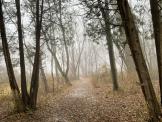
- Britney Stark, Dodge Nature Preschool
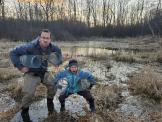
- Peter Dargatz (Menomonee Falls, WI)
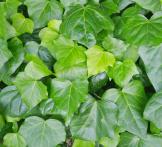
- Dianne Rose (Reston, Virginia)
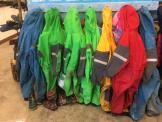
- Sarah Chatwood, Montana Audubon Center Preschool Lead
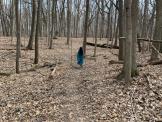
- Catherine Koons Hubbard, Schlitz Audubon Nature Preschool Director
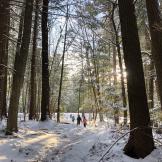
- Aja Stephan, Kindergarten Teacher, Friends School of Portland, Maine
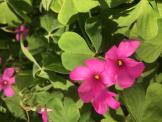
- Jenn Leibham, Fiddleheads Forest School (Seattle, WA)
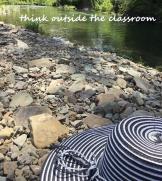
- Kathryn J. Andrews, Ph.D. St. Bonaventure University
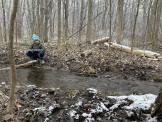
- Brooke Larm (Greater Detroit, Michigan)
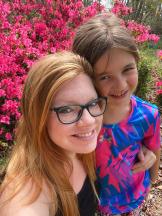
- Katie Andrews
A few of you had a little more to say--thoughts that couldn’t quite fit into 500 characters. Enjoy a few not-so-tiny essays below.
“Four weeks ago I was a nature-preschool teacher at the University of Delaware hiking with my class through our woods, just as I did every other day of the week. In mid-March, we received word that the University, like many others around the country, had moved online for the remainder of the semester due to the spread of coronavirus. I had a feeling there would be a short break for cleaning and distancing, but my brain never entertained having to teach my group of nature preschoolers online. When opening this program, I was hoping to get children away from screens, not pull them toward one.
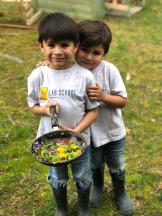
My preschoolers and undergraduate students at the UD Lab School’s Nature Preschool program look to me as their leader, their guide to exploring the forest. Getting children and undergraduates to take risks in new ways was my everyday practice. Climbing trees, searching for animal tracks, finding early signs of spring, building forts, making sticks into any and everything … this was how I reached my group of learners. I believe in child-led curriculum -- handing over the reins and trusting the process; believing that the natural environment can and will teach. After three Zoom meetings with my young students and their families, I started to wonder, How does a school meant to function outdoors go online?
Online or in the woods, we still have our routines, and we are still together. Our morning meetings are now held on Zoom. Instead of sitting on tree stumps, we have our laptops and iPads. They are the same children, with the same voices, the same smiles, the same personalities. We do the same yoga song we were singing before. We look for birds in our own backyards. We have started “yard tours” where the children have the opportunity to share their own wild spaces with their peers. We have parent vent sessions to help families cope with the changes. These help me as much as they help the parents.
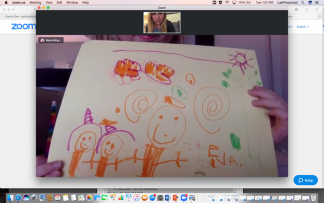
As for my undergraduate students, I would have had two more months to get them to look up from their phones and connect with nature. I am reminded about planting seeds as I have been planting a lot of them in my own home lately. Seeds take time. We plant them in soil, we water them, we place them in the sun. We wait. My undergrads have been writing to me and telling me that walks in nature have been the only thing bringing them peace right now. They think of our program when they see a flower or onion grass or step into a puddle instead of around it. Nature-based educators have absolutely planted seeds in our children, families, and, in some cases, pre-service teachers. Now we get to water them in a different way -- through technology that has bound us together during this pandemic. I can’t wait to see what continues to grow.”
- Katie Pollock, Master Teacher for the Nature Preschool program at the University of Delaware Lab School
A Bright Spot in our Shift: Virtual Show and Tell
“Show and Tell has a rich history. Teachers of young children know that it encompasses much more than an object shown to friends. I’ve seen a child’s self-confidence rise when speaking about a tiny shell. Students gather together to observe a hole in a leaf with vibrant discussions ensuing as to the cause of the hole. I’ve witnessed keen observations, problem-solving, and attentive listening. The art of storytelling is alive and well!
We begin each class at Roots + Wings Nature Community with Nature Show and Tell. It’s an opportunity for children to share a treasure they’ve collected. Students collect what appeals to their eye and sparks their interest. Students have presented sticks in many sizes and shapes. We’ve inspected stones. The spikey sweet gum seed balls continue to fascinate us. Since our class on lichen and moss last October, beautiful treasures of turquoise attached to rocks and bright green, earthy moss smelling of the forest have made their way into our classroom.
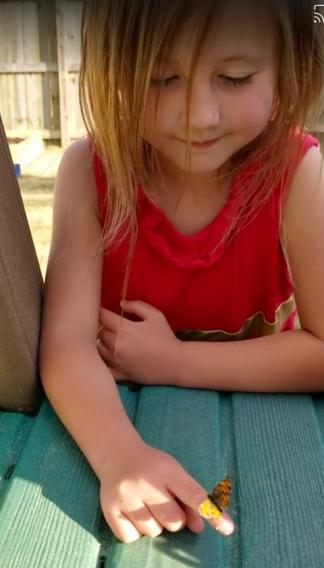
Like all schools, we have paused. While we work to stay connected our best tool for engagement is our students and their show and tell videos. Since social distancing, we started Show and Tell Tuesday. Parents are invited to post a video on our closed Facebook page. Bird nests, lizards, tadpoles, beetles, wildflowers, worms, moths, cocoons, butterflies that land on tiny fingers, caterpillars, toads and so much more shared, in their own words, on Show and Tell Tuesday.
What I have found remarkable is the serendipitous benefits of virtual show and tell. We have several students who are quiet. Talking in front of the group, even with our small classes, is difficult. These children bring something to show each week, but telling about it is challenging. When a parent captures that same child’s love of an inchworm on video, they speak eloquently about the little green worm crawling up their arm. No hesitation. Other students chime in. “Did it tickle your arm?” “Where did you find it?” The quiet child feels one with the group. Their satisfied smiles tell the story. Another benefit of virtual Show and Tell is the vast number of things to show. A nest of birds is impossible to bring into the classroom, but a video with a smiling 3-year old counting eggs is wonderful to watch. A spray of frog eggs with tadpoles emerging is happing right now…on the pond in a child’s backyard! One of my favorite moments is a 4 year old who exclaimed, when showing some found gastropods, “Snails are our future!”
Friends making nature discoveries, not in parks or on trails, but right in their own backyard, inspire our students. Neighborhood walks have turned into opportunities to share. Parents are facilitators and support their child’s engagement. We are all searching our small worlds for spring’s revival. We are, despite our distance, able to enjoy the beauty together. Now, more than ever, Show and Tell holds our heart like never before.”
-Sandy Babbitt, Roots + Wings Nature Community Teacher



